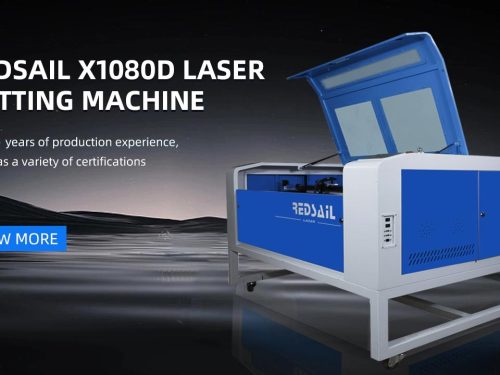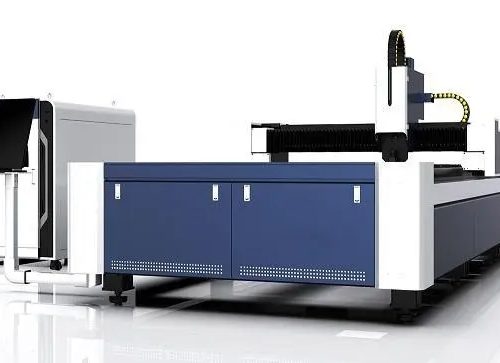
With the rapid development of the metal processing industry today, due to the production needs, the demand for cutting metal materials of different materials, thicknesses and shapes has greatly increased, which poses a serious challenge to the metal cutting process. The competition in the metal processing industry has become increasingly fierce. Nowadays, the metal cutting technology on the market is facing the process of conversion from old to new. There are also many ways. So, how to choose the most suitable equipment among the numerous metal processing methods?
First, let’s understand the advantages and disadvantages of traditional cutting technology; The traditional cutting process is mainly completed by CNC shearing machine, punch, flame cutting, plasma cutting, high-pressure water cutting and other equipment.
1.jpeg
(CNC) shearing machine
Shearing machine, also known as plate shearing machine, is a machine that uses one blade to make reciprocating linear motion to cut plates with respect to another blade. It belongs to a kind of forging machinery and is mainly applicable to sheet metal processing that only requires linear cutting. This equipment is cheap and easy to operate. It has a single purpose and no flexibility. It does not support cutting multiple graphics.
(CNC/turret) punch
Punch press is a stamping press, which is mainly used to cut simple figures such as square holes and round holes, and improves the flexibility of curve processing. Some specific sheet metal workpieces can be processed at one time, and the processing speed of sheet metal is fast. The first disadvantage is that the ability to press thick metal plates is limited, and the main processing object is carbon steel plates with a width of 2mm or less. The second is that the processing of punch presses is highly dependent on the mold, and the mold development cycle is long, the production cost is increased, and the degree of flexibility is not high. Third, the processing surface of thick steel plate is not smooth, which is easy to produce collapse grooves, and the external surface of the material will be damaged by conventional molding, resulting in high processing noise.
flame cutting
Flame cutting is the most original thermal cutting method, namely gas cutting. The traditional flame cutting has experienced acetylene cutting, propane cutting, and now widely used natural gas cutting. The cost of flame cutting equipment is low, which supports cutting thick steel plates and has a large market share; Its disadvantage is that the cutting thermal deformation is too large, the cutting seam is too wide, and the utilization rate of the plate is low. It is only suitable for rough processing of products, which requires secondary processing.
Plasma cutting
Plasma cutting is a processing method that uses the heat of high temperature plasma arc to melt and evaporate part or part of the metal at the workpiece incision, and uses the momentum of high-speed plasma to remove the molten metal to form the incision. The advantages are fast cutting speed, smooth cutting surface, and support for all kinds of metals that are difficult to cut with oxygen, especially for nonferrous metals; The disadvantage is that the slit is wide, the section is not smooth, it is easy to produce a lot of metal dust, strong light dazzling and other problems, and the production safety cannot be effectively guaranteed.
High pressure water cutting
High pressure water cutting, commonly known as “water jet” cutting, uses high-speed water jet cutting technology, which is characterized by strong cutting force, low cost, being applied to cutting of various materials, and being able to adapt to cutting of thick plates. The disadvantage is that “water jet” cuts slowly when encountering high hardness or thick plates, with chaotic operating environment and high consumables.
The above-mentioned traditional cutting processes are well known and applied by manufacturers because of their price advantages and functions. However, in the production process, the disadvantages of traditional cutting processes quickly emerged. The rough metal processing and the need for a large number of mold support lead to the rise of production costs, especially the waste of time and manpower. In addition, the news that the production process is complex, the product quality is uneven, and the production speed cannot keep up with the order demand is not uncommon. In order to overcome this production problem and comply with the development of the times, intelligent and efficient optical fiber laser cutting machine came into being.










